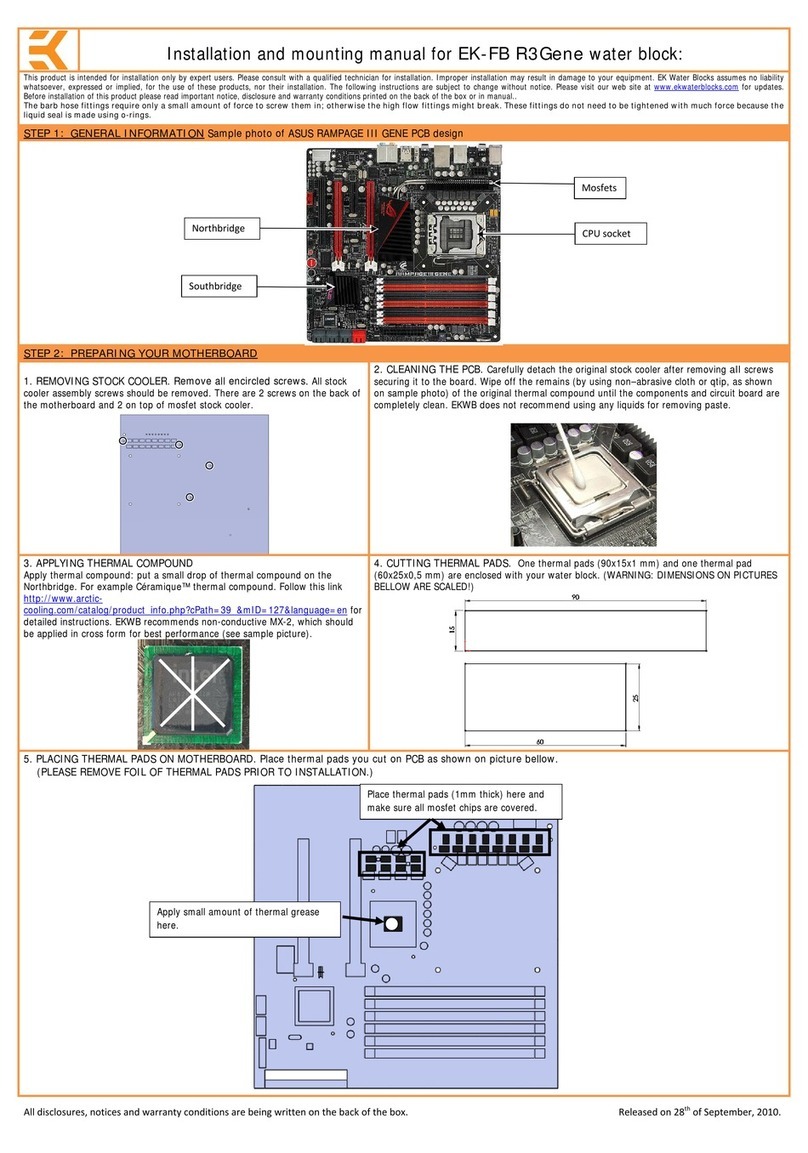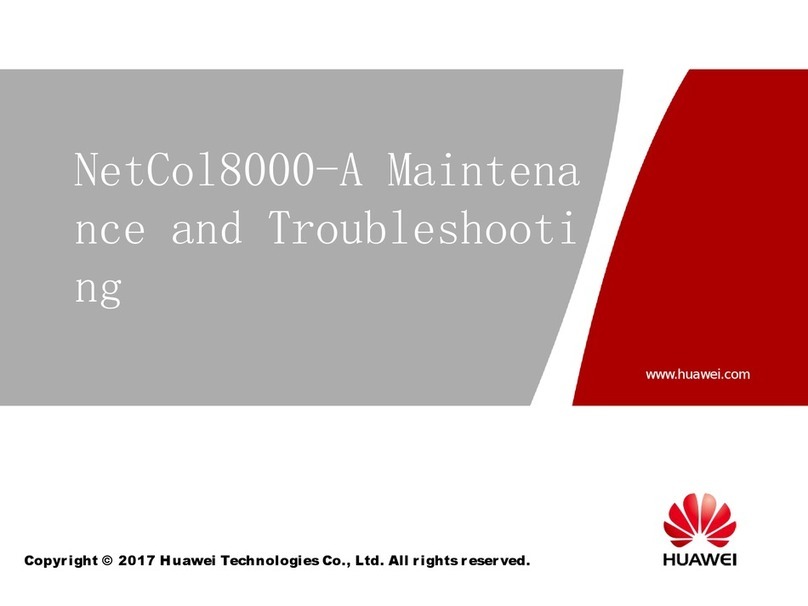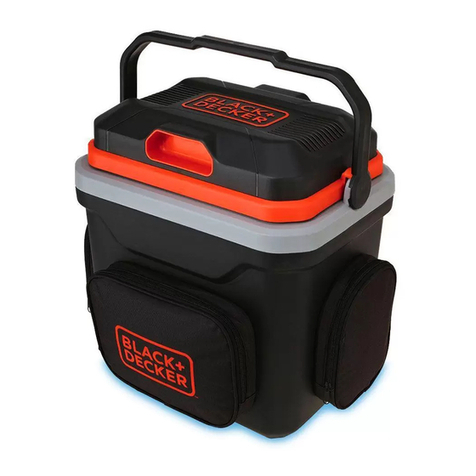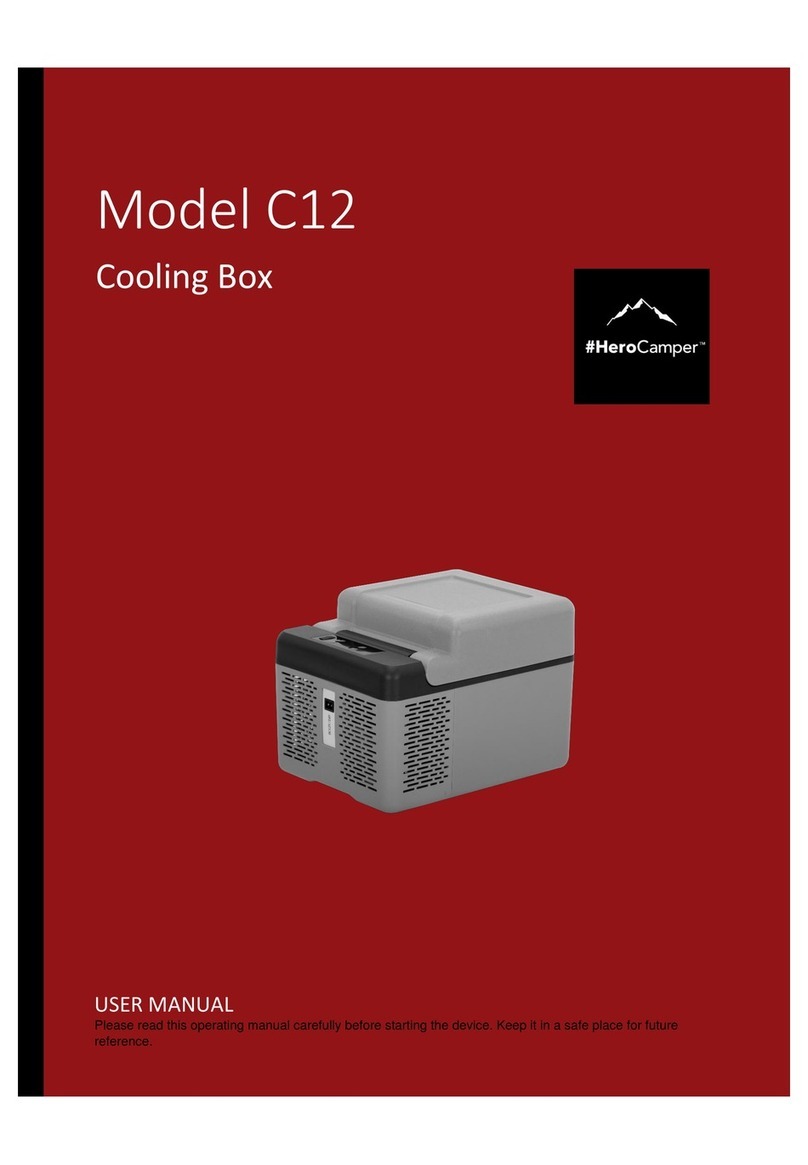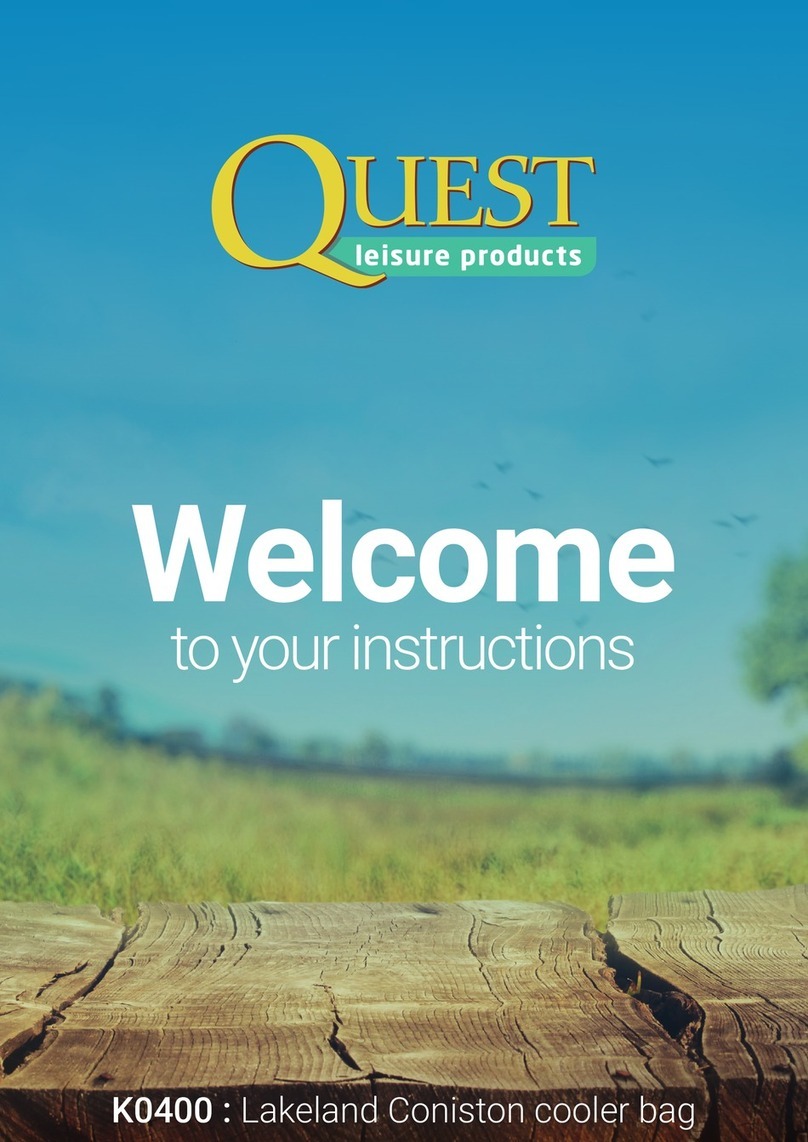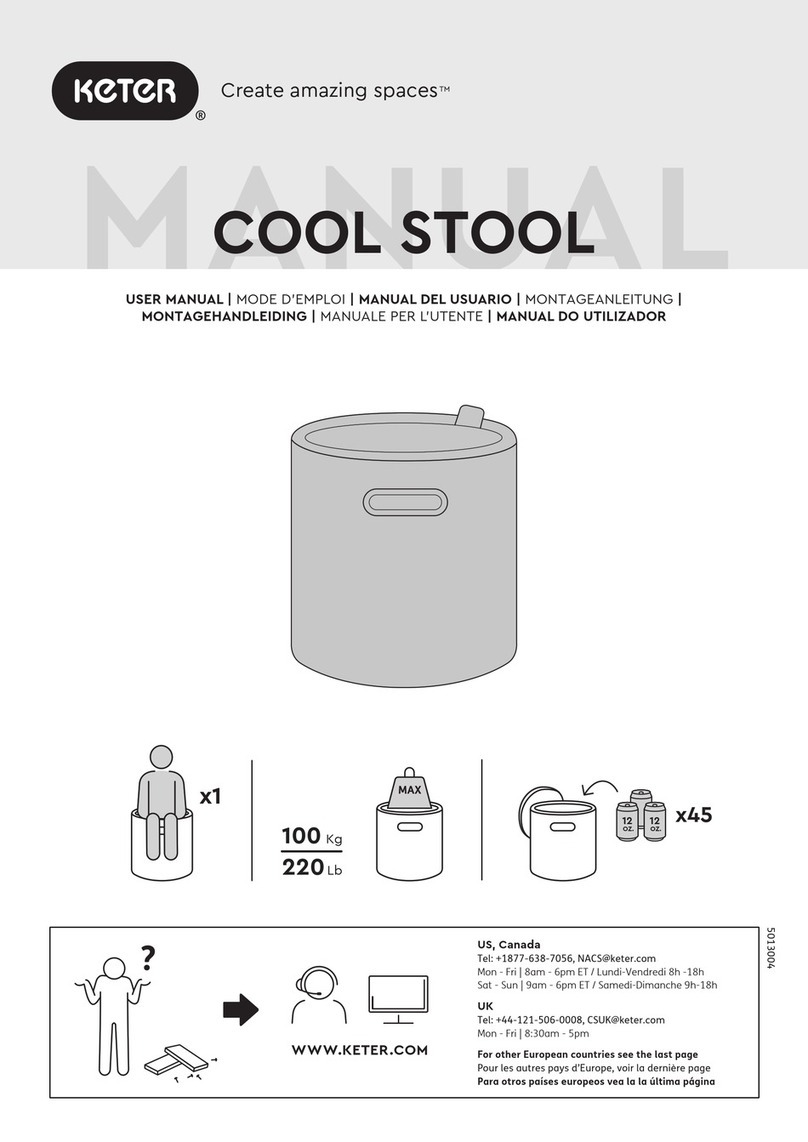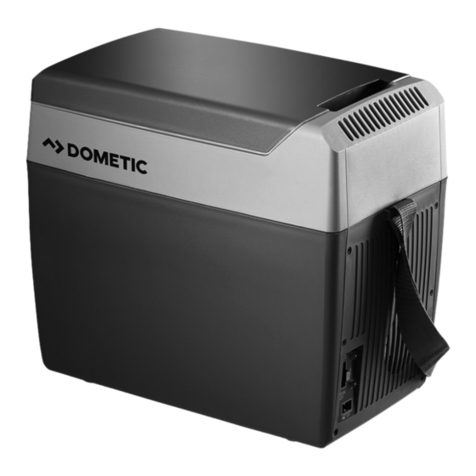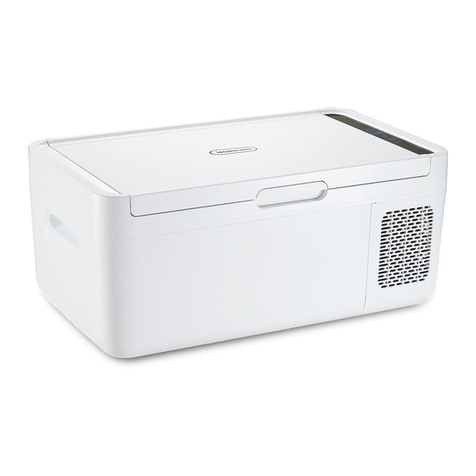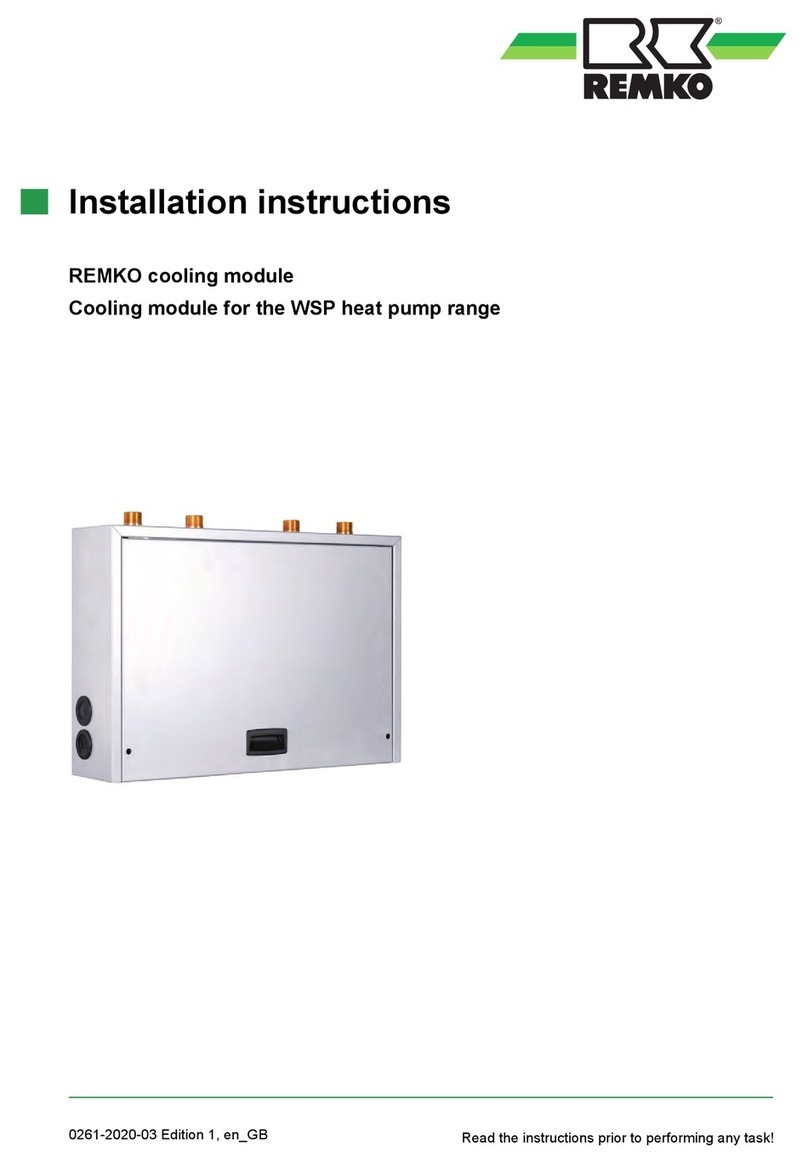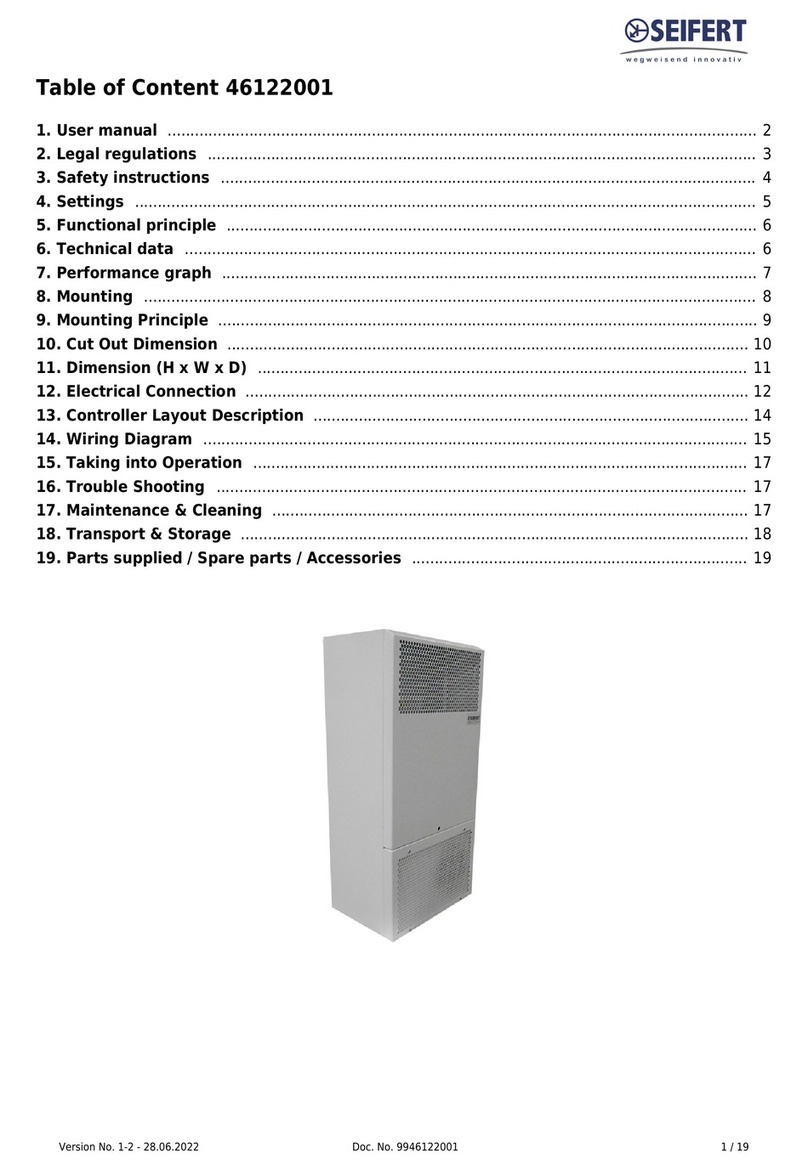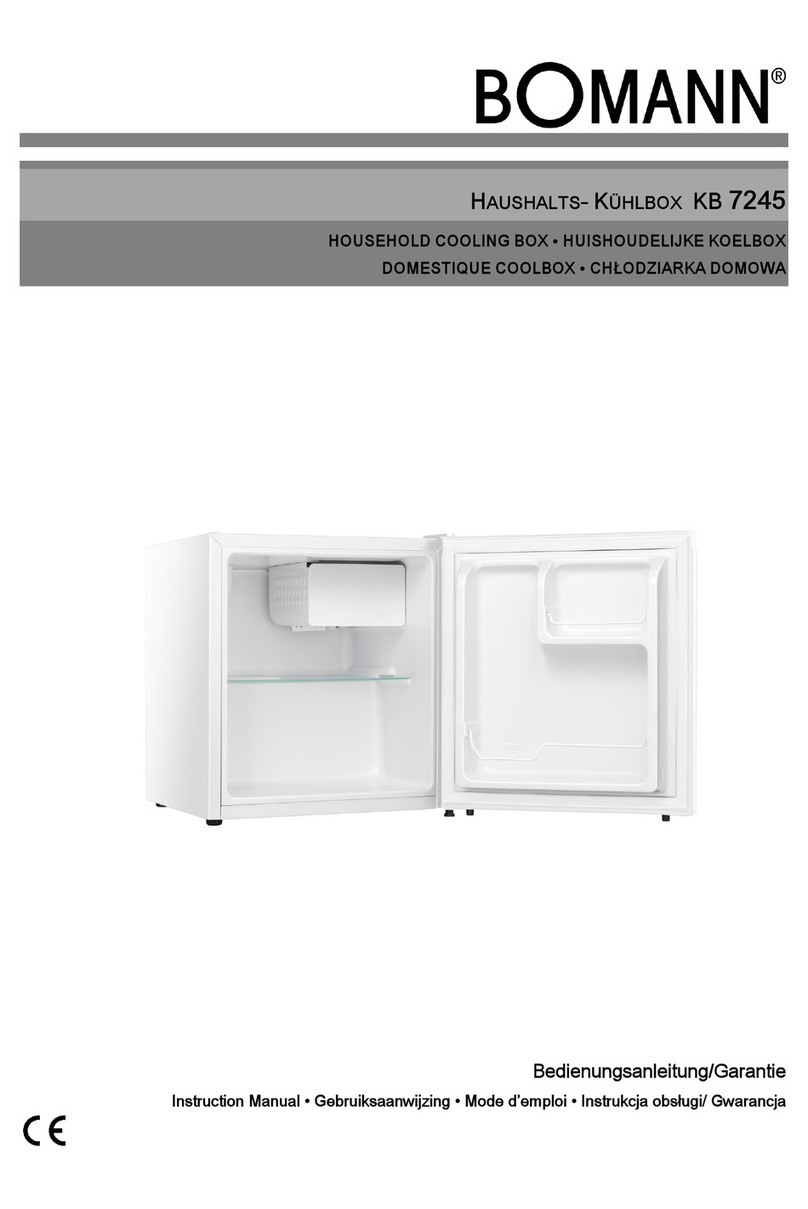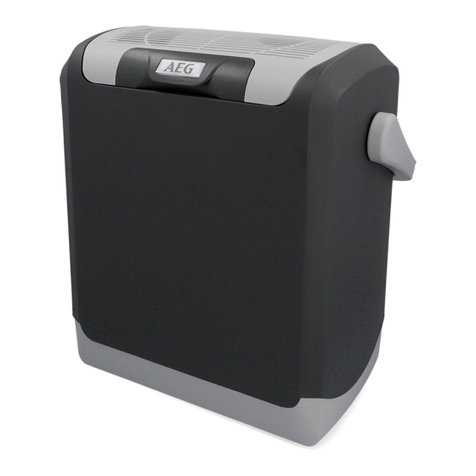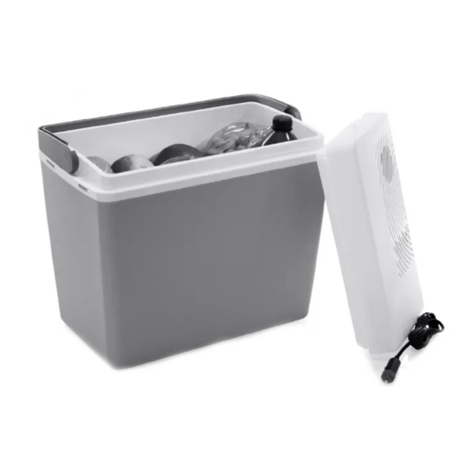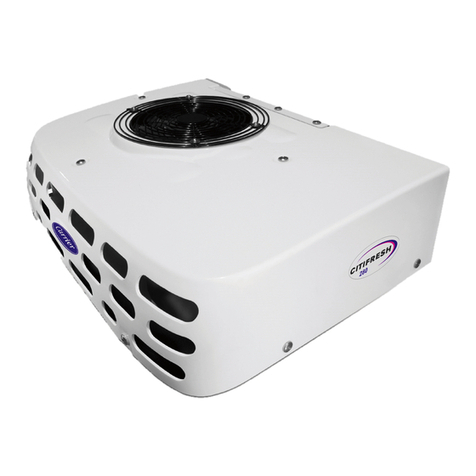
Manufacturer reserves the right to discontinue, or change at any time, specifications or designs without notice and without incurring obligations.
Catalog No. 04-53500167-01 Printed in U.S.A. Form 50LC-14-26-03SM Pg 1 2-2020 Replaces: 50LC-14-26-02SM
Service and Maintenance Instructions
CONTENTS
SAFETY CONSIDERATIONS . . . . . . . . . . . . . . . . . . . . 1
General . . . . . . . . . . . . . . . . . . . . . . . . . . . . . . . . . . . . . 2
Routine Maintenance . . . . . . . . . . . . . . . . . . . . . . . . . . 2
SUPPLY FAN (BLOWER) SECTION . . . . . . . . . . . . . . 3
Supply Fan Assembly . . . . . . . . . . . . . . . . . . . . . . . . . 3
Changing Fan Wheel Speed by Changing Pulleys . . 4
COOLING . . . . . . . . . . . . . . . . . . . . . . . . . . . . . . . . . . . 5
Evaporator Coil . . . . . . . . . . . . . . . . . . . . . . . . . . . . . . 5
Coil Maintenance and Cleaning Recommendation. . 5
Evaporator Coil Metering Devices . . . . . . . . . . . . . . . 6
Refrigerant System Pressure Access Ports . . . . . . . 6
PURON® (R-410A) REFRIGERANT. . . . . . . . . . . . . . . 6
Refrigerant Charge. . . . . . . . . . . . . . . . . . . . . . . . . . . . 6
Evacuation . . . . . . . . . . . . . . . . . . . . . . . . . . . . . . . . . . 7
Compressors . . . . . . . . . . . . . . . . . . . . . . . . . . . . . . . 13
Condenser-Fan Adjustment . . . . . . . . . . . . . . . . . . . 13
Troubleshooting Cooling System. . . . . . . . . . . . . . . 13
CONVENIENCE OUTLETS . . . . . . . . . . . . . . . . . . . . . 15
Wet in Use Convenience Outlet Cover. . . . . . . . . . . 15
Duty Cycle. . . . . . . . . . . . . . . . . . . . . . . . . . . . . . . . . . 15
Non-Powered Type. . . . . . . . . . . . . . . . . . . . . . . . . . . 15
Unit-Powered Type. . . . . . . . . . . . . . . . . . . . . . . . . . . 15
Maintenance . . . . . . . . . . . . . . . . . . . . . . . . . . . . . . . . 17
Fuse On Powered Type . . . . . . . . . . . . . . . . . . . . . . . 17
Using Unit-Mounted Convenience Outlets . . . . . . . 17
SMOKE DETECTORS . . . . . . . . . . . . . . . . . . . . . . . . . 17
System . . . . . . . . . . . . . . . . . . . . . . . . . . . . . . . . . . . . 17
Controller . . . . . . . . . . . . . . . . . . . . . . . . . . . . . . . . . . 17
Sensor . . . . . . . . . . . . . . . . . . . . . . . . . . . . . . . . . . . . . 17
Smoke Detector Locations . . . . . . . . . . . . . . . . . . . . 18
FIOP Smoke Detector Wiring and Response. . . . . . 19
Sensor and Controller Tests . . . . . . . . . . . . . . . . . . . 19
Controller Alarm Test Procedure . . . . . . . . . . . . . . . 20
Dirty Controller Test Procedure . . . . . . . . . . . . . . . . 20
Dirty Sensor Test Procedure. . . . . . . . . . . . . . . . . . . 20
Changing the Dirty Sensor Test . . . . . . . . . . . . . . . . 20
To Configure the Dirty Sensor Test Operation . . . . 20
SD-TRK4 Remote Alarm Test Procedure . . . . . . . . . 20
Detector Cleaning . . . . . . . . . . . . . . . . . . . . . . . . . . . 21
Indicators . . . . . . . . . . . . . . . . . . . . . . . . . . . . . . . . . . 21
Resetting Alarm and Trouble Condition Trips . . . . 22
Troubleshooting. . . . . . . . . . . . . . . . . . . . . . . . . . . . . 22
PROTECTIVE DEVICES . . . . . . . . . . . . . . . . . . . . . . . 22
Compressor Protection . . . . . . . . . . . . . . . . . . . . . . . 22
Supply (Indoor) Fan Motor Protection . . . . . . . . . . . 23
Condenser Fan Motor Protection . . . . . . . . . . . . . . . 23
Control Circuit, 24-V . . . . . . . . . . . . . . . . . . . . . . . . . 23
ELECTRIC HEATERS . . . . . . . . . . . . . . . . . . . . . . . . . 23
Single Point Boxes and Supplementary Fuses . . . .24
Safety Devices . . . . . . . . . . . . . . . . . . . . . . . . . . . . . .24
Low-Voltage Control Connections . . . . . . . . . . . . . .25
WIRING DIAGRAMS . . . . . . . . . . . . . . . . . . . . . . . . . .25
PRE-START-UP . . . . . . . . . . . . . . . . . . . . . . . . . . . . . .31
START-UP, GENERAL . . . . . . . . . . . . . . . . . . . . . . . .31
Unit Preparation . . . . . . . . . . . . . . . . . . . . . . . . . . . . .31
Return-Air Filters . . . . . . . . . . . . . . . . . . . . . . . . . . . .31
Outdoor-Air Inlet Screens . . . . . . . . . . . . . . . . . . . . .31
Compressor Mounting . . . . . . . . . . . . . . . . . . . . . . . .31
Internal Wiring. . . . . . . . . . . . . . . . . . . . . . . . . . . . . . .31
Refrigerant Service Ports. . . . . . . . . . . . . . . . . . . . . .31
Compressor Rotation . . . . . . . . . . . . . . . . . . . . . . . . .32
Cooling. . . . . . . . . . . . . . . . . . . . . . . . . . . . . . . . . . . . .32
Heating. . . . . . . . . . . . . . . . . . . . . . . . . . . . . . . . . . . . .32
Ventilation (Continuous Fan). . . . . . . . . . . . . . . . . . .32
RTU Open Control System. . . . . . . . . . . . . . . . . . . . .34
SYSTEMVU™ (FACTORY OPTION). . . . . . . . . . . . . .34
Integrated Staging Control (ISC) Board . . . . . . . . . .34
EconoMi$er® X (Factory Option) . . . . . . . . . . . . . . .36
Staged Air Volume (SAV™) with Variable Frequency
Drive. . . . . . . . . . . . . . . . . . . . . . . . . . . . . . . . . . . . .50
Multi-Speed VFD Display Kit (Field-Installed
Option). . . . . . . . . . . . . . . . . . . . . . . . . . . . . . . . . . .51
FASTENER TORQUE VALUES. . . . . . . . . . . . . . . . . .62
SEQUENCE OF OPERATION . . . . . . . . . . . . . . . . . . .62
General . . . . . . . . . . . . . . . . . . . . . . . . . . . . . . . . . . . .62
Ventilation . . . . . . . . . . . . . . . . . . . . . . . . . . . . . . . . . .63
Cooling. . . . . . . . . . . . . . . . . . . . . . . . . . . . . . . . . . . . .63
Economizer (Optional) . . . . . . . . . . . . . . . . . . . . . . . .63
Low Ambient Cooling Operation down to 40°F
(4°C) . . . . . . . . . . . . . . . . . . . . . . . . . . . . . . . . . . . . .63
Heating. . . . . . . . . . . . . . . . . . . . . . . . . . . . . . . . . . . . .63
6APPENDIX A — MODEL NUMBER
NOMENCLATURE . . . . . . . . . . . . . . . . . . . . . . . . . .64
APPENDIX B — PHYSICAL DATA . . . . . . . . . . . . . . .65
APPENDIX C — FAN PERFORMANCE . . . . . . . . . . .72
START-UP CHECKLIST . . . . . . . . . . . . . . . . . . . . .CL-1
SAFETY CONSIDERATIONS
Installation and servicing of air-conditioning equipment can be
hazardous due to system pressure and electrical components. Only
trained and qualified service personnel should install, repair, or
service air-conditioning equipment.
Untrained personnel can perform basic maintenance functions of
cleaning coils and filters and replacing filters. All other operations
should be performed by trained service personnel. When working
on air-conditioning equipment, observe precautions in the
literature, tags and labels attached to the unit, and other safety
precautions that may apply.
WeatherExpert®
50LC*D14-D26
Single Package Rooftop Cooling Only
with Puron®(R-410A) Refrigerant


